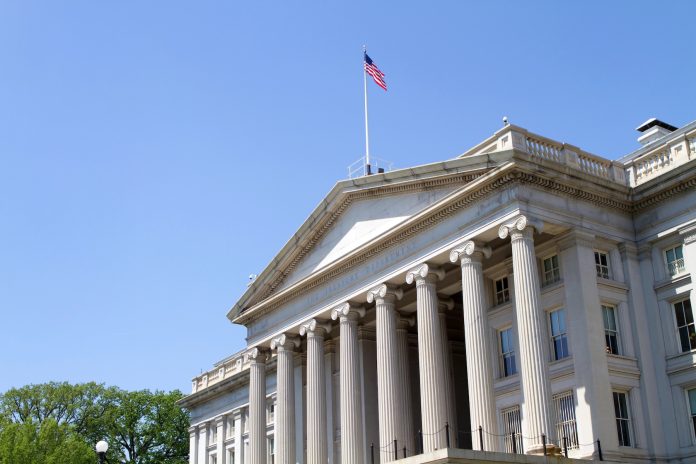The U.S. Department of Education has restarted involuntary collections on defaulted federal student loans, ending a pause that began in March 2020 due to the COVID-19 pandemic.
Approximately 195,000 borrowers will receive 30-day notices indicating that their federal benefits, such as tax refunds and Social Security payments, may be seized starting in early June. This is being done through the Treasury Offset Program.
This action is part of a broader effort to address the growing number of borrowers in default and to involve higher education institutions in supporting loan repayment.
Prior to the pandemic, according to the last student loan statistics, approximately 7% of borrowers were in default or delinquency at any given time. However, according to the latest data, approximately 25% of the entire student loan portfolio is currently delinquent or in default. And with the many forbearances due to ongoing litigation, only about 38% of loans are in repayment.
Garnishments And Offsets Reinstated
The Department’s first wave of collections is being implemented through the Treasury Offset Program (TOP), which allows the government to intercept federal income streams before an individual receives them.
This includes:
- Up to 100% of federal tax refunds
- Up to 15% of federal employee salaries
- Up to 15% of Social Security and Railroad Retirement benefits.
The first monthly benefit checks subject to offset are scheduled for early June, giving borrowers a limited window to act.
The TOP program also has a State Reciprocal Program, where states can also garnish wages and tax refund to collect federal debts. This means you can see your state tax refund offset, and state salary garnished.
There are at least 11 states that participating, including Kansas, Kentucky, Louisiana, Maryland, Minnesota, New Jersey, New York, Oregon, Virginia, West Virginia, and Wisconsin.
Later this summer, all 5.3 million defaulted borrowers will receive notices that their earnings may be subject to administrative wage garnishment. Under federal law, the government can order private employers to withhold up to 15% of an employee’s salary to repay defaulted federal student loan debt.
This measure aims to address the increasing number of borrowers falling behind on their payments, with estimates suggesting that more than 10 million borrowers could end up in default by the end of the year.
Related: How To Stop Offsets And Garnishments For Student Loans
College Reminders
On the same day collections resumed, the Department issued a “Dear Colleague” letter to institutions of higher education, emphasizing their shared responsibility under Title IV of the Higher Education Act of 1965 to support student loan borrowers.
The letter urges institutions to reach out to all former students who ceased enrollment since January 1, 2020, reminding them of their obligation to repay federal student loans not in deferment or forbearance. Institutions are encouraged to complete this outreach by June 30, 2025.
The Department also plans to use data from the College Scorecard to calculate rates of nonrepayment by institution and will publish this information on the Federal Aid Data Center later this month. Institutions with high cohort default rates risk losing eligibility for federal student assistance, including Pell Grants and federal student loans.
Support For Borrowers
Borrowers in default are advised to contact the Default Resolution Group to explore options such as making a monthly payment, enrolling in an income-driven repayment plan, or signing up for loan rehabilitation.
The Department has increased customer service capacity and extended call center hours to ensure borrowers have access to the information and support they need. Detailed information to help borrowers get out of default is also available at StudentAid.gov.
Don’t Miss These Other Stories:
Create your very own Auto Publish News/Blog Site and Earn Passive Income in Just 4 Easy Steps







